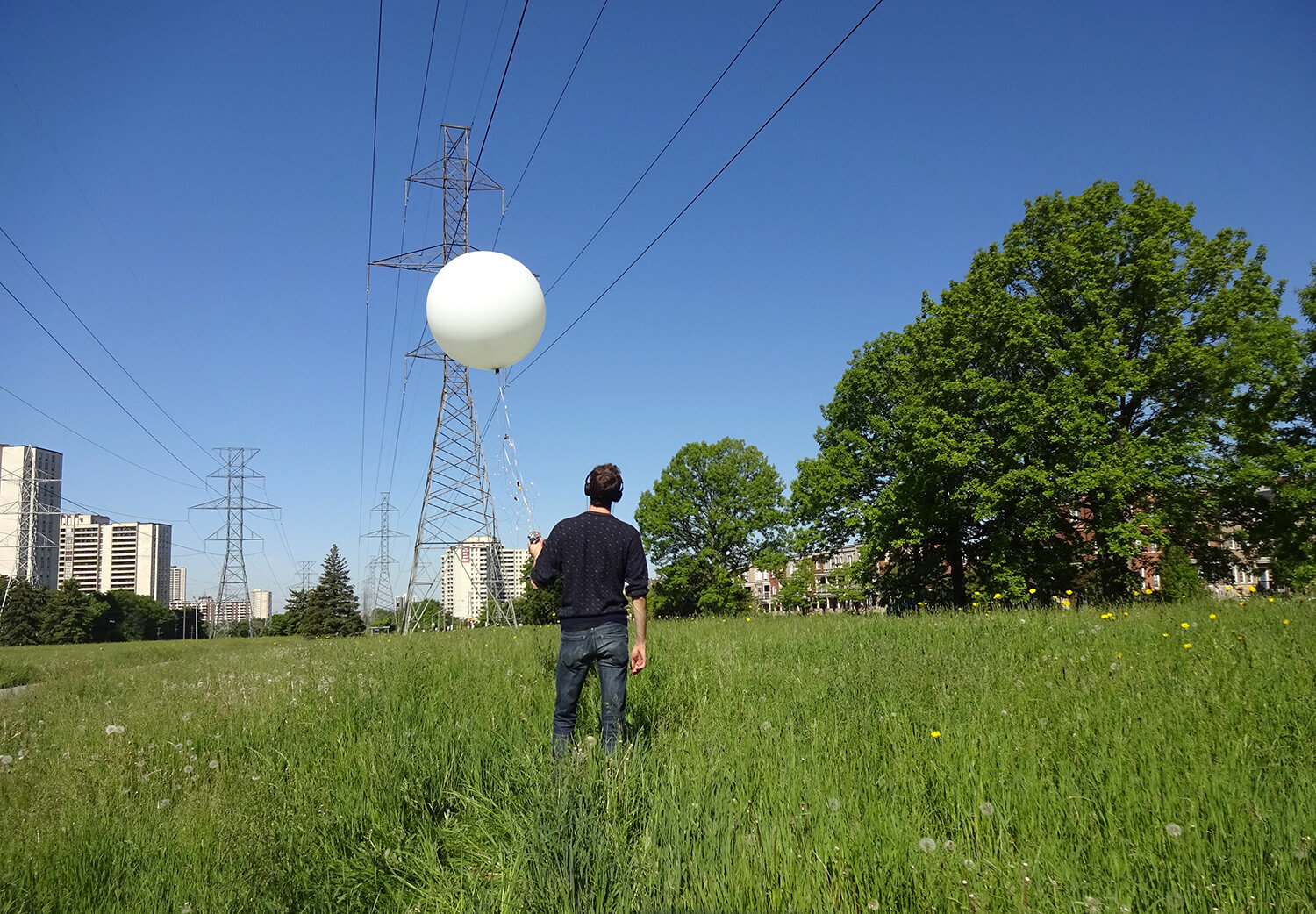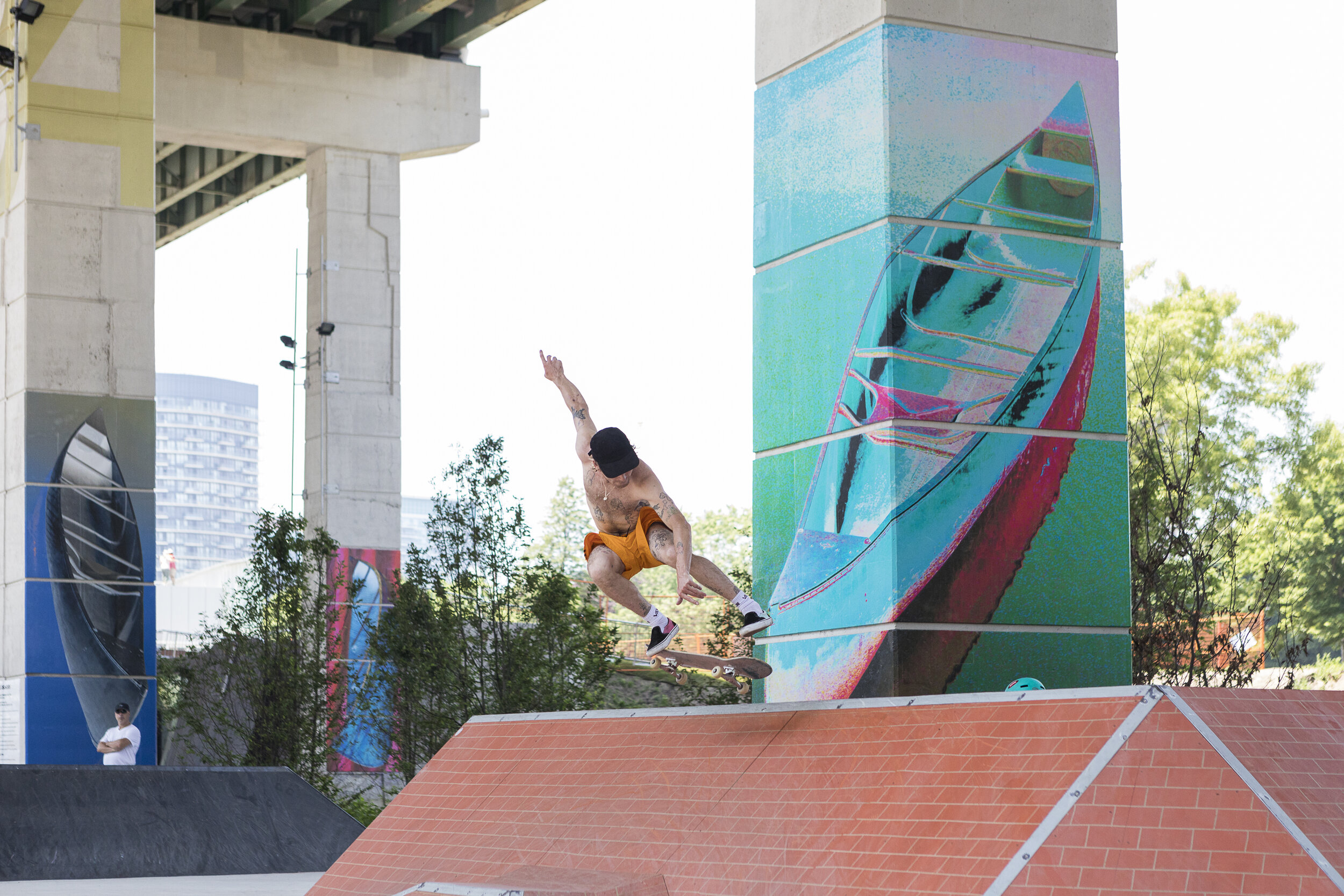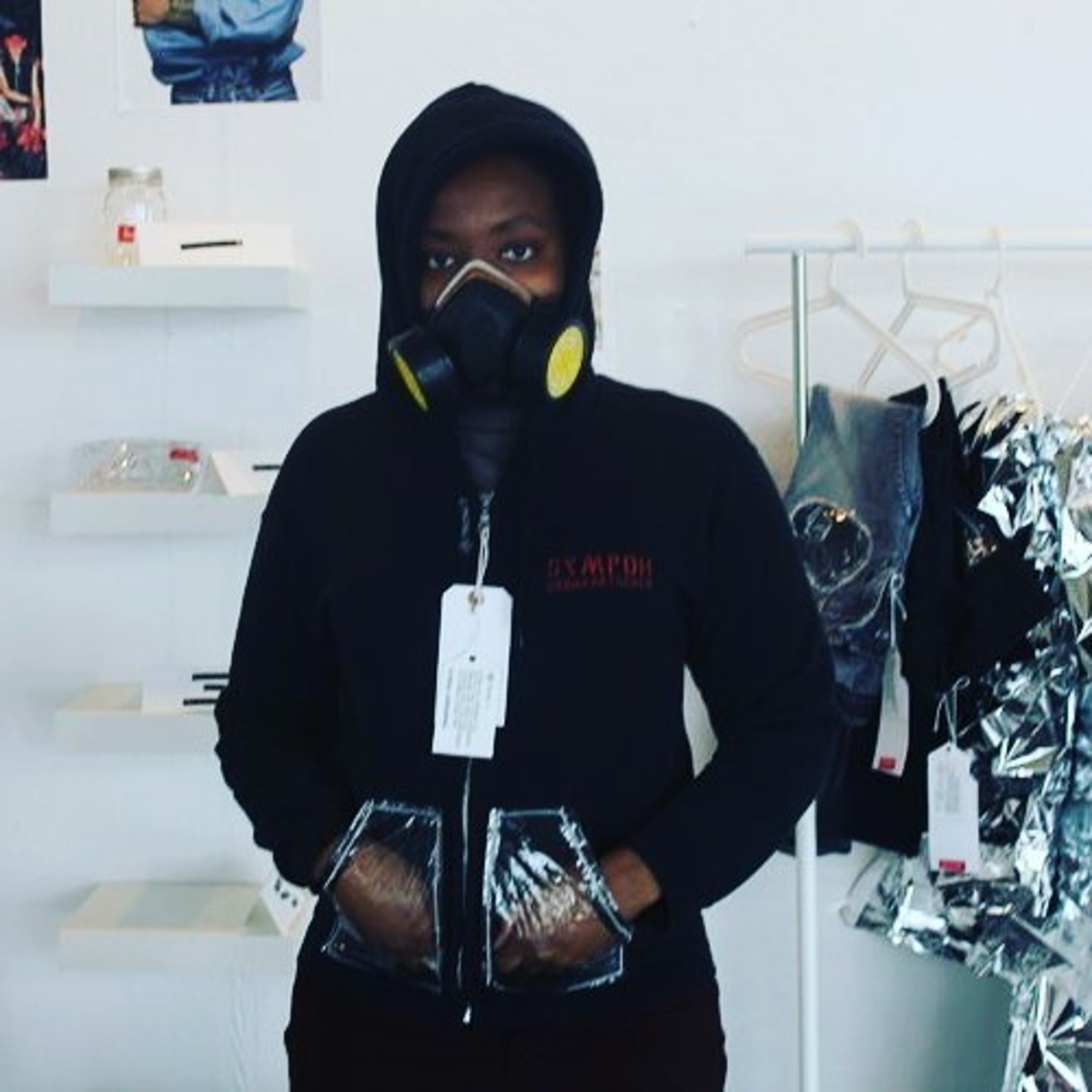How to Listen to the Sky

By Dan Tapper
Excerpted from 40.1 Perceive
The city is vibrating around us—electromagnetic signals inaudible to our ears passing through the air and our bodies. As a child I read about these signals. How they could be converted into sound through simple circuitry and coils of wire. I built antennas to expand my listening, hoping to hear sounds of the earth’s ionosphere and the space beyond: the crackling of lightning, sunspots spiralling across the surface of the sun, sounds reminiscent of flocking birds produced by the northern lights.
[...]
This is a condensed recipe for creating a B-field VLF antenna to listen to the magnetic component of VLF emissions. An expanded version that also looks at equipment and methods of listening can be found in my 2015 publication “VLF: A Sound Artist’s Guide, 2nd Edition,” which is available online.
MATERIALS
Frame – either a rigid object such as a bicycle wheel to wrap the wire around or a piece of electrical tape used to secure the loop to itself.
27-gauge (AWG) magnet wire – copper wire coated in a thin enamel.
Electrical tape – to secure the loop to itself.
Sandpaper – to remove the enamel coating from the wire ends.
Unbalanced jack plug – the size of plug depends on your audio recorder or pre-amp.
Soldering iron and solder – soldering your antenna will make it more durable, but it’s not necessary.
Audio recorder or handheld amplifier – this will provide amplification to your antenna and allow you to hear the electromagnetic spectrum.
HOW TO MAKE A VLF LOOP ANTENNA
You will build your antenna by looping your wire around your frame. If you are building a freeform antenna without a frame make sure to secure the loop with multiple wrappings of electrical tape to make the loop stay in shape. Your loop can be any size, but it must have a minimum effective area of 12 m2. This means that you may have to loop your wire multiple times to get the effective area you need.
Create a loop of wire the size you want your antenna to be. Measure the wire’s length to get the circumference (C) of your loop and then use the formula C/2π = r to find its radius. Once you have the radius, you can calculate the area of your loop using the equation πr2. If the result is 12 m2 or larger you only need to make one pass around the loop for your antenna to work. If it’s less than 12 m2 divide 12 by the area of your loop, in metres, to find out how many times you will have to loop the wire. For example, a loop with a radius of 0.8 m will have an area of only 0.5 m2. It will take 24 loops of wire (12/0.5) to turn a loop of that size into an antenna. You can create a more sensitive loop by increasing the effective area with a larger loop or more turns of wire.
If you want to skip the equations, simply cut a length of wire to 4 m and wrap it around a bicycle wheel (It should go around a little less than two times). You will get a working antenna with a radius of just over 12 m2.
Once you’ve made your antenna loop, remove the enamel coating the beginning and end of the loop ends of the wire with sandpaper and test it by connecting the ends of wire to a jack plug and plugging into an amplifier or audio recorder. If the antenna is working you should hear a hum at around 60Hz, which is the sound of the electric grid. Background crackles are the result of lightning, which is a very prevalent sound in the VLF band. You can further test the antenna by directing it towards light sources, microwaves, mobile phones, and televisions. All these devices produce strong electromagnetic signals.
When you are confident the antenna is working you can, if you wish, solder the connections to the jack plug to make the antenna more durable for use and travel.
Attach the antenna to a stick or balloon to elevate it. We are not using a filter circuit with our antenna so we are able to pick up all sorts of electromagnetic activity outside of the VLF range. Elevating the antenna acts as a mechanism to cut out signals with short wavelengths. The best way to hear VLF is far away from the city.
Explore the electromagnetic spectrum by taking your antenna out into your local environment. Listen to the sound of the city and compare this to sounds heard far away from electromagnetic infrastructure. The clearest natural radio signals can be heard around 1 km (or further) away from power lines and electric grids.
The full version of this article appeared in -SITE 40.1: Perceive.
All images courtesy of the author.
Bio
Dan Tapper is an artist who explores the sonic and visual properties of the unheard and invisible. From revealing electromagnetic sounds produced by the earth’s ionosphere, to exploring hidden micro worlds and creating imaginary nebulas made from code. His explorations use scientific methods alongside thought experiments resulting in rich sonic and visual worlds.







